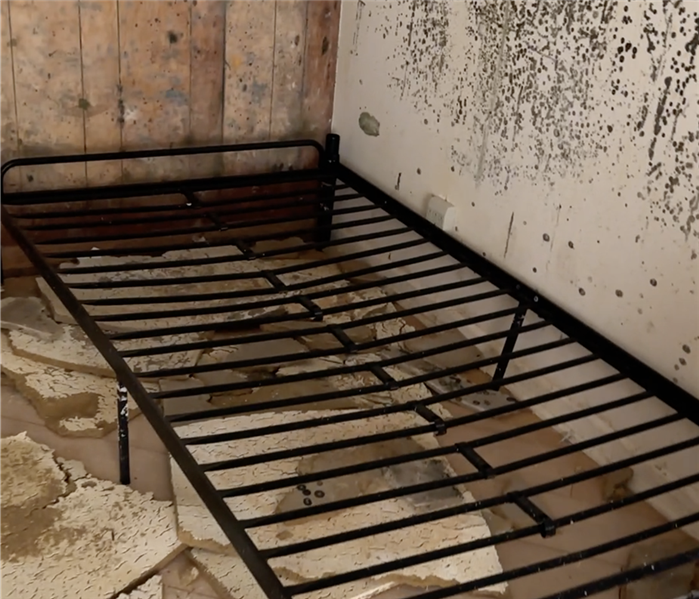Avoiding cross contamination through containment
11/13/2024 (Permalink)
 With our expertise and advanced equipment, we ensure that the affected areas of your property are fully contained and protected from further damage.
With our expertise and advanced equipment, we ensure that the affected areas of your property are fully contained and protected from further damage.
Cross contamination during restoration projects is a critical concern, especially when dealing with water, fire, or mold damage. Effective containment not only ensures a successful restoration process but also protects unaffected areas of your home or business. As a trusted restoration leader in East Fort Worth, SERVPRO® specializes in professional containment strategies to help minimize cross contamination. Let’s dive into expert tips on how to avoid cross contamination through proper containment practices.
What is Cross Contamination in Restoration?
Cross contamination occurs when harmful particles such as dust, debris, or other contaminants spread from affected areas to clean areas. This can lead to additional damage and require more extensive cleanup efforts. In restoration projects, containment is crucial to preventing this spread and ensuring the safety of your property and its occupants.
The Importance of Containment
Containment creates a physical barrier between the contaminated area and the rest of the property. This barrier limits the movement of particles, dust, and other contaminants, ensuring they remain confined to the affected area. Proper containment is essential in projects involving mold, asbestos, or hazardous materials, as it prevents the spread of these substances to unaffected rooms. For instance, according to a report by the Institute of Inspection Cleaning and Restoration Certification (IICRC), "Containment is recommended for all Class 3 and Class 4 water intrusions to prevent the spread of contaminants into unaffected areas."
Best Practices for Containment
Here are several best practices restoration experts use to avoid cross contamination:
- Set up physical barriers: Use heavy-duty plastic sheeting or polyvinyl to create a sealed barrier around the affected area.
- Install negative air pressure: This technique involves using air filtration devices to create negative pressure, ensuring that contaminated air stays within the contained area.
- Limit entry and exit: Reduce the number of workers entering and exiting the containment zone to prevent contaminants from being tracked out.
- Use proper PPE: Personal protective equipment (PPE) helps workers avoid carrying contaminants into other areas of the property.
Why You Should Trust SERVPRO® of East Fort Worth
At SERVPRO of East Fort Worth, we have extensive experience in handling large and small restoration projects, and we always prioritize effective containment methods. Our technicians are IICRC-certified, meaning they follow industry standards for avoiding cross contamination. With our expertise and advanced equipment, we ensure that the affected areas of your property are fully contained and protected from further damage.
By taking the right steps to contain contaminated areas, you can help reduce additional cleanup costs and ensure a safer restoration process. If you need help with containment during a restoration project, SERVPRO of East Fort Worth is here to assist!




 24/7 Emergency Service
24/7 Emergency Service